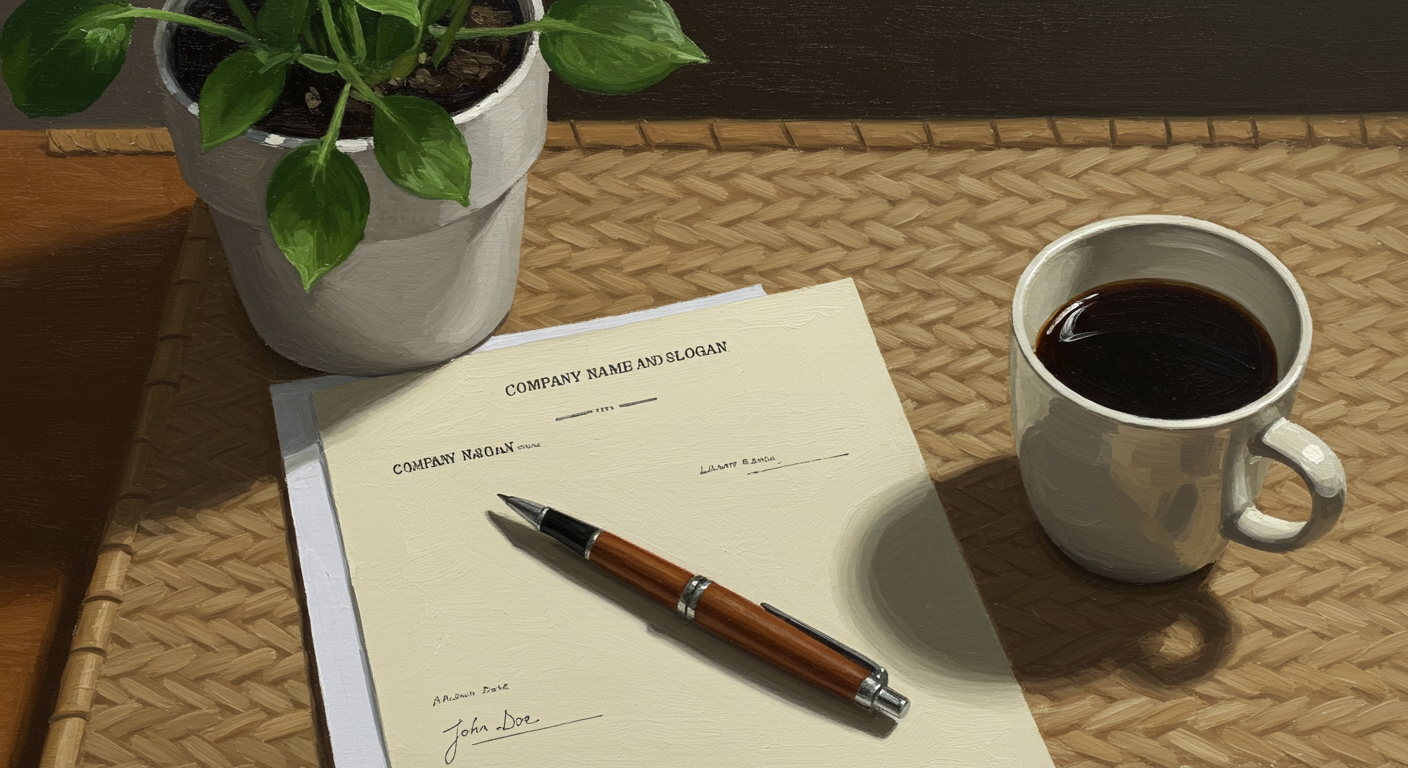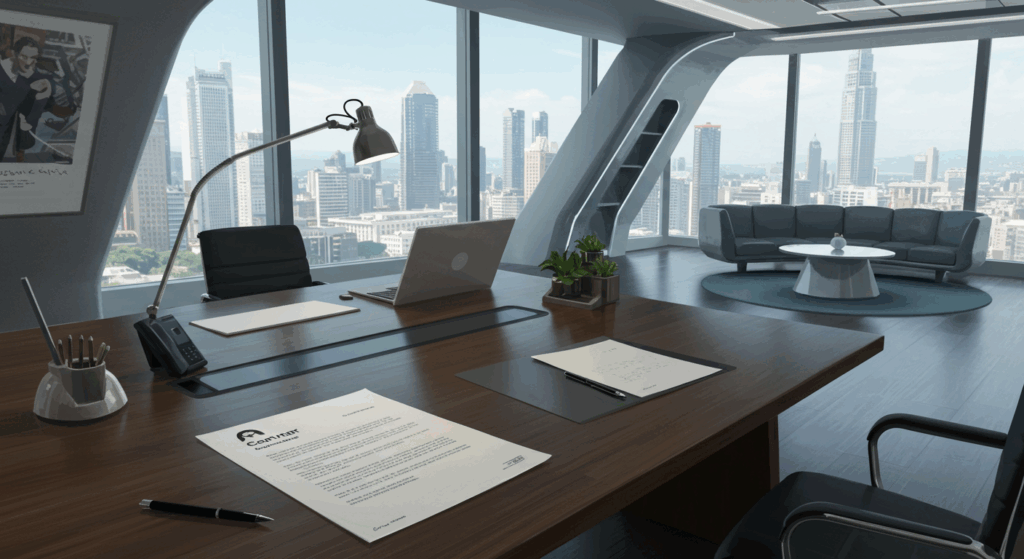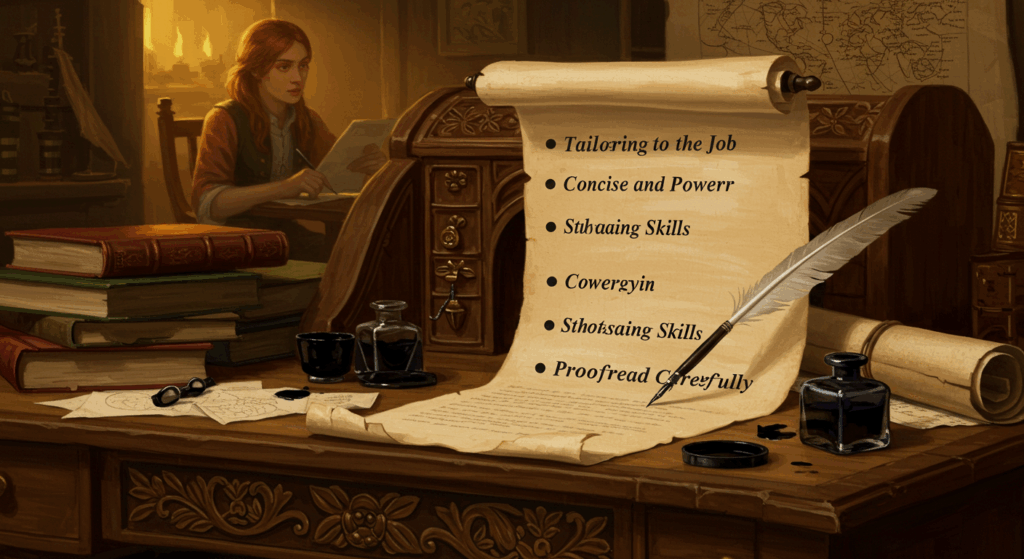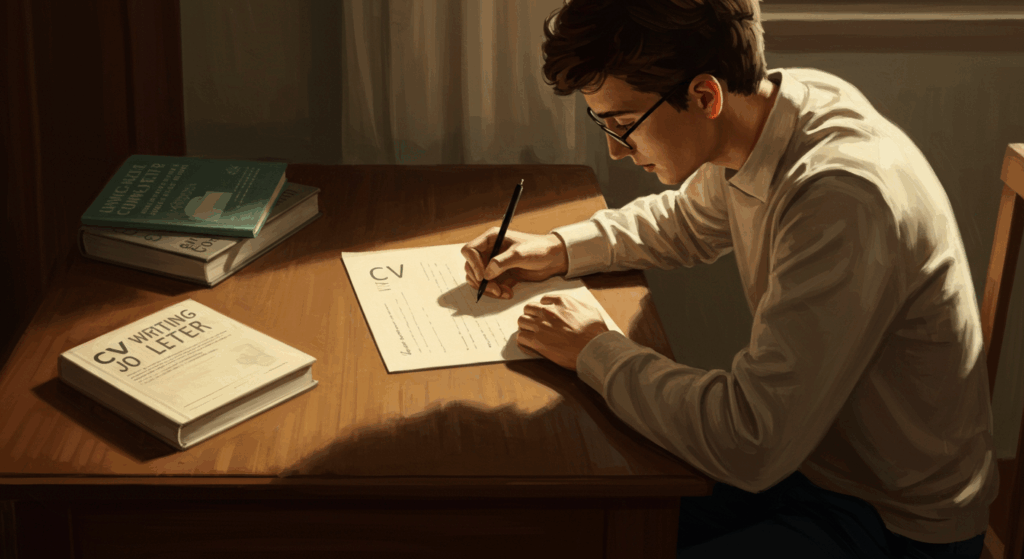Let’s be real for a sec. Writing a cover letter is… kinda like texting your crush first. You overthink every word, you delete and retype sentences, and you wonder if you’re sounding too desperate or not enthusiastic enough. But here’s the thing—just like a good opening line on a dating app, your cover letter can totally make or break your shot at getting noticed.
I know, I know. Everyone dreads cover letters. Resumes already feel like enough, right? But ngl, a strong cover letter can be that secret sauce that helps you stand out when a hiring manager is scrolling through 200+ applications with glazed-over eyes and way too much coffee.
So if you’ve ever Googled “How to Write a Cover Letter” at 2 a.m. while panicking before a deadline (been there), this guide is for you. Let’s break it down in a way that doesn’t feel like reading some stiff career manual from the 90s.
Why Even Bother With a Cover Letter?
Honestly, good question. Do people even read them? Short answer: yes, sometimes. Longer answer: cover letters aren’t dead, they’ve just evolved. Think of them as your chance to show some personality, explain your story, and connect the dots between you and the job.
Your resume is the cold hard facts. But your cover letter? That’s the Netflix trailer. It’s your vibe, your pitch, your way of saying, “Hey, I’m not just qualified, I’m actually the person you want on your team.”
Also, some recruiters legit use it to weed people out. No cover letter? Sometimes they think you’re not serious. A bad one? Straight to the “nah” pile. A great one? You’re suddenly on the radar.
How to Write a Cover Letter Without Losing Your Mind
Okay, deep breath. Here’s the roadmap. Writing a cover letter doesn’t have to feel like climbing Mount Everest in Crocs. If you keep it structured and add just the right sprinkle of “you,” it can actually be kinda fun (ish).
Step 1: Start With the Basics
At the very top, drop your contact info. Name, email, phone, Linkedn link if it’s decent. No need to add your full home address like it’s 2004—city and state are usually enough.
Then add the hiring manager’s info if you have it. If you don’t? No stress. “Hiring Manager” is fine. Just don’t write “To Whom It May Concern”… seriously, nothing screams “I copied this off Google” like that.
Step 2: Nail the Opening Line
This is where most people crash and burn. “I am writing to apply for the role of…” = snooze fest. Instead, grab attention. You could start with:
- A quick story about why you care about the industry
- A fun fact that connects to the company
- Or straight-up enthusiasm (without sounding like a golden retriever)
For example: “As someone who turned my college group project into a full-on app just because I was obsessed with making it work, I knew I had to apply when I saw your posting for a junior developer.”
Way better than “Dear Sir/Madam, I’m applying for the job…” right?
Step 3: Show You’ve Done Your Homework
Here’s the deal: companies love when you actually get them. Don’t just say “I admire your company.” Say why. Maybe you love their mission, their design, their spicy memes on Twitter—whatever’s real.
This is where you connect your skills to their needs. Like, “I noticed you’re expanding into digital marketing, and since I just grew my TikTok side hustle to 20k followers, I’d love to bring that same energy to your team.”
Step 4: Flex Your Skills (But Casually)
Think of this section like your highlight reel. Drop a couple of achievements, but make them sound human, not robotic. Numbers help—like “boosted sales by 30%” or “cut onboarding time in half.” But also keep it conversational.
Instead of: “I have excellent communication skills.”
Try: “I’ve led team meetings where even the quiet interns started speaking up—and yes, we actually finished on time.”
Step 5: Close Like a Pro
End strong. Don’t just say “Thanks for your time.” That’s… meh. Instead, something like: “I’d love the chance to bring my mix of creativity and get-things-done energy to your team. Thanks for considering—I’d be excited to chat more.”
Then sign off with something clean: “Best,” “Sincerely,” or even just your name. Save the emojis for your group chat.
Cover Letter Examples That Actually Work
Sometimes it helps to see it in action. Here are two quick vibes:
Example 1: The Straightforward Professional
Dear Hiring Manager,
I was excited to see your opening for a Marketing Coordinator. With three years of experience running digital campaigns that increased brand engagement by 45%, I’m confident I can contribute to your team’s growing success.
At my last role, I led a rebrand project where we boosted conversions by redesigning our ad strategy and testing creative formats. I admire your company’s bold approach to storytelling and would love to bring my mix of analytical and creative skills to your campaigns.
I’d love to chat about how I can support your team. Thanks for your time!
Best,
Sam Taylor
Example 2: The Friendly and Relatable One
Hi Team,
Scrolling through job postings can feel like swiping on dating apps, but your listing for Social Media Specialist actually stood out (and not in a red flag way). As someone who spends way too much time analyzing TikTok trends for fun, I’d love to put that obsession to good use at your company.
At my last gig, I helped grow our brand’s following from 2k to 50k in under a year by testing new formats and creating content that actually made people stop scrolling. I know you’re looking to expand into Gen Z platforms, and honestly, that’s kinda my sweet spot.
Would love to chat more. Thanks for reading!
Cheers,
Jordan M.
Tips for a Strong Cover Letter (That People Don’t Usually Tell You)
Okay, let’s get into the juicy stuff—the little hacks that make your letter pop.
- Keep it short. Half a page to one page max. Nobody wants your life story.
- Mirror the job posting. If they say “team player,” sneak in a story where you literally saved a group project from chaos.
- Ditch the clichés. Everyone says “hard-working” and “detail-oriented.” Instead, show it through examples.
- Format matters. Make it easy to read. Clean font, no rainbow colors, no Comic Sans (pls).
- Save as PDF. Always. Sending a Word doc is like handing in a college essay—meh. PDF looks polished.
Oh, and pro tip? Read it out loud before sending. If you sound like a robot, rewrite. If you sound like a slightly nervous but enthusiastic human, perfect.
How to Tailor a Cover Letter for Different Jobs
Here’s the secret most people miss: you can’t just use one cover letter for every single application. Well… you can, but it’s like sending the same flirty text to multiple people—it feels generic and usually doesn’t work.
For Corporate Roles
Keep it a little more polished. Mention measurable achievements, use clear structure, and show you understand the business goals.
For Startups
Be bold. Show excitement for wearing multiple hats. Maybe even lean into humor or personality. Startups want energy and flexibility, not stiff formality.
For Creative Jobs
Go wild (but not too wild). Use storytelling, show your unique perspective, and don’t be afrid to break the traditional format a bit.
For Nonprofits
Lead with passion for the mission. They want to see you care about the cause, not just the paycheck.
FAQ: Cover Letters in the Age of LinkedIn and AI
Let’s answer the stuff you’ve probably wondered but didn’t ask out loud.
Do I still need a cover letter if I applied on LinkedIn?
Yep. If there’s a space for it, use it. If not, try to weave that energy into your intro message.
What about AI hiring systems—do they even look at cover letters?
Sometimes not. But if a human recruiter reviews your app, your cover letter can be the tie-breaker.
Should I mention salary expectations in a cover letter?
Nope, unless the posting explicitly says so. Otherwise, that convo comes later.
Can I use AI to draft my cover letter?
Sure, but edit it to sound like you. No one wants to read something that feels like it was spat out by a robot.
Common Mistakes That Lowkey Ruin Cover Letters
Since we’re friends here, I’ll give it to you straight. Avoid these:
- Copy-paste vibes. Hiring managers can smell it from a mile away.
- Over-explaining. Don’t tell them every detail of your resume—they already have it.
- Being too formal. Unless you’re applying to, like, a law firm from 1890, you can loosen up a little.
- Forgetting to customize. One-size-fits-all = automatic nope.
Final Thoughts
Writing a cover letter doesn’t have to feel like pulling teeth. Think of it as your mini pitch—a chance to show not just what you’ve done, but who you are. Yeah, it takes effort. But if you do it right, it’s like putting the best version of yourself on paper.
Remember: your cover letter isn’t about being perfect. It’s about being authentic, clear, and confident. Sprinkle in some personality, back it up with real examples, and keep it human. That’s it.
So the next time you’re tempted to skip the cover letter, don’t. Open up a doc, channel your inner hype-person, and start typing. You never know—this little piece of writing could be the thing that lands you your dream job.
Now go crush it. And hey, if you need a playlist to get into the zone, may I suggest a mix of upbeat confidence-boosters and chill focus tracks? (Because nothing says “I’m ready to get hired” like writing to Lizzo and lo-fi beats.)
You got this. 🚀









